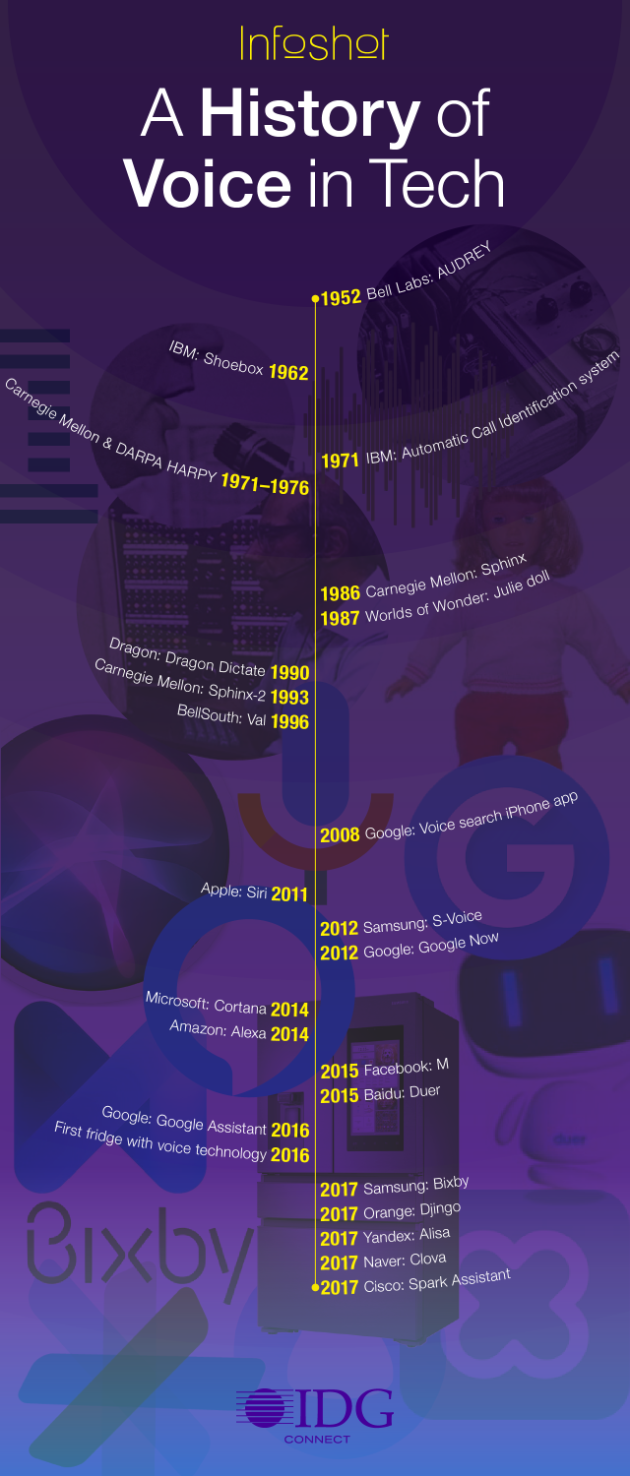Recently was discussing the Epoch time format for a project to be stored in database and doing some time difference checks. Realized that it is fifty years from the date in which the Unix datetime starts (Jan 1, 1970).
Came across an interesting thread that talks of the time bomb that is waiting to explode in devices that bank on this Epoch based timestamps for their needs. It is a 32 bit representation that will reset itself in another 18 years on reaching the max value. Devices will encounter negative value for difference calculation and give weird behaviors!. It may be like the Y2K issue(on a larger scale), hopefully device manufacturers, software vendors address this as soon as possible!
